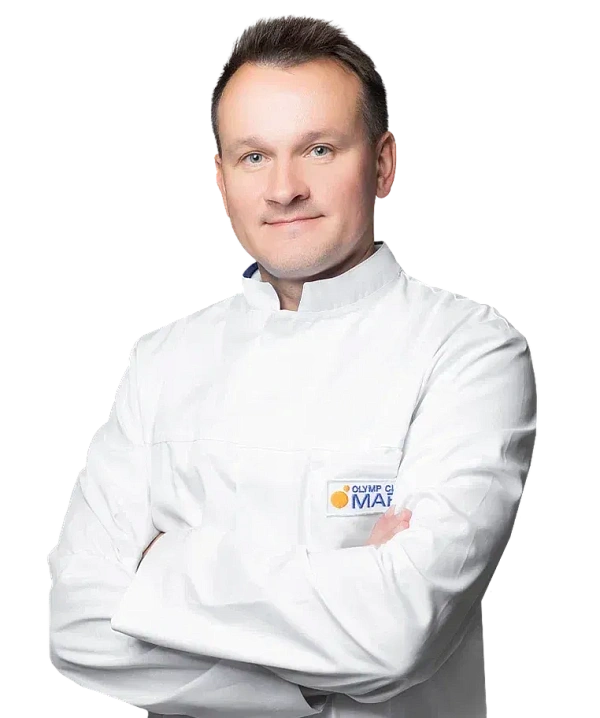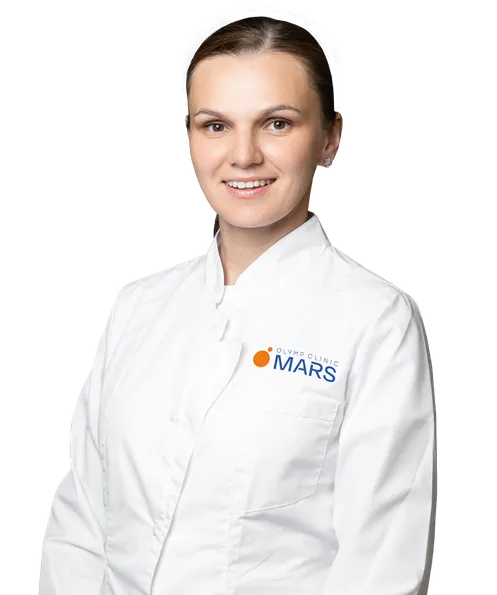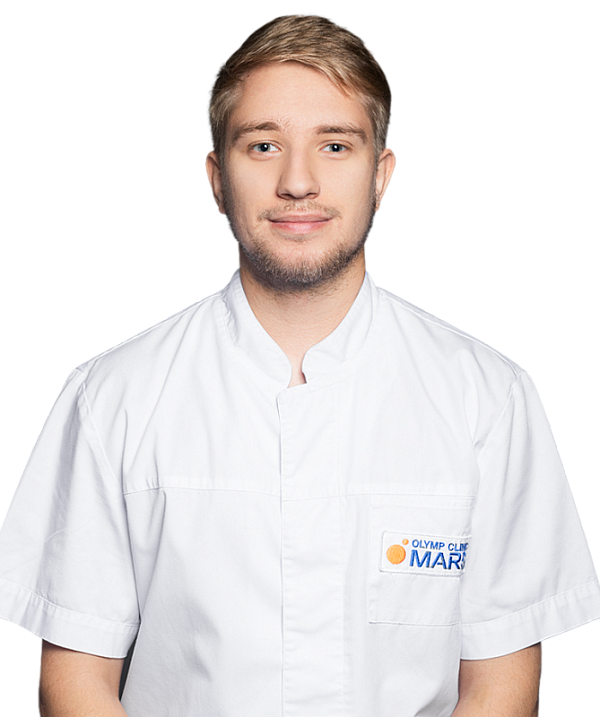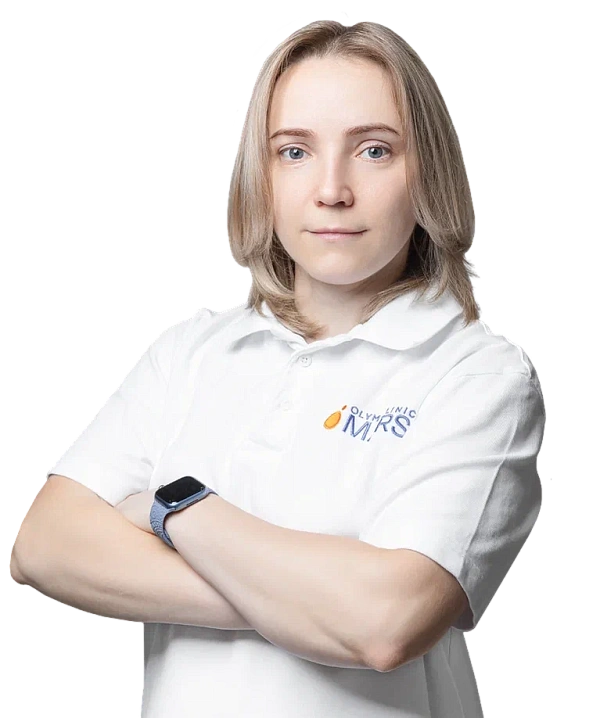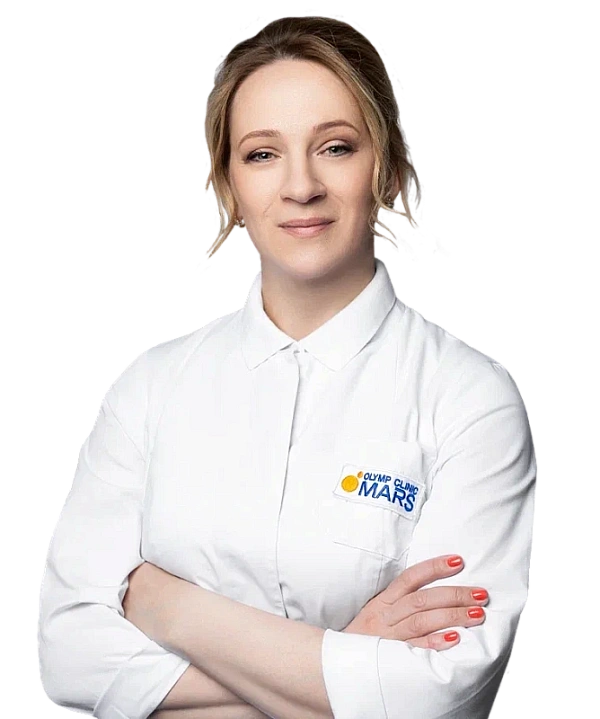Therapeutic massage
One of the options for manual action on the soft tissues of the body, aimed at the restoration, treatment and prevention of various diseases.
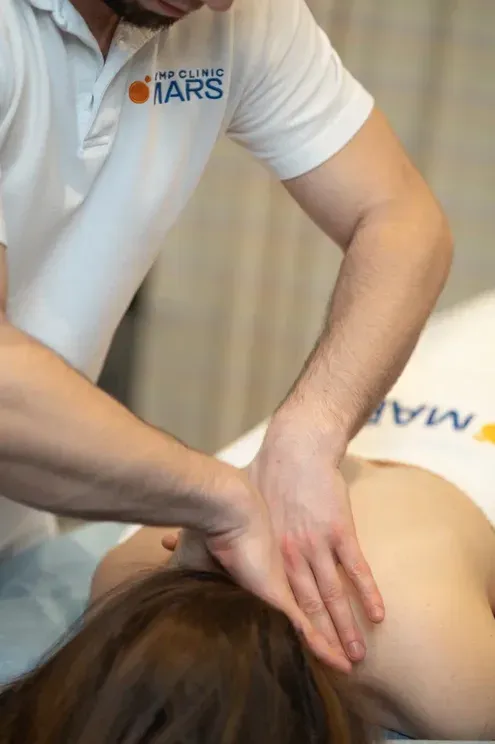
Massage helps to relieve muscle tension, improve blood and lymph circulation, and accelerate tissue repair. It is especially useful in rehabilitation after injuries, operations or for various pain syndromes.
Massage allows you to work on the deep layers of tissues, helping to relieve spasms and improve metabolism. The technique is widely used in the treatment of conditions such as back pain, radicular syndrome (sciatica), joint pain, the effects of injuries or operations. Massage also helps in the fight against chronic fatigue, headaches and posture disorders. Therapeutic massage is also indispensable in the field of cosmetology and aging prevention. It improves the condition of the skin, stimulates the outflow of lymph and the elimination of toxins, and also promotes relaxation.
Before starting a course of therapeutic massage, it is recommended: Consult with a therapist or attending physician. Take a shower immediately before the procedure. Do not eat 1-2 hours before the massage.
Therapeutic massage begins with an examination and palpation of the affected areas. The massage therapist identifies tense areas, spasms and other pathological changes. Then, depending on the patient's condition and the goals of therapy, the technique of exposure is selected: stroking, rubbing, kneading, vibration. The procedure can last from 10 to 90 minutes, depending on the disease. The first sessions are often shorter so that the body adapts to the load. During the massage, the patient is in a comfortable position: lying on his back, stomach or sitting, depending on the area of work. The massage is performed using oils or creams.
Ergonomic adjustable massage tables. Massage oils and creams. Vibrating or roller devices for hardware massage.
After a massage session, it is recommended to rest for 15-30 minutes. It is important to avoid physical activity and temperature fluctuations for several hours. After a course of massages, there is an improvement in general well-being, a decrease in pain and normalization of the functions of the affected organs or tissues.
A wide range of indications— It is used for the treatment and prevention of many diseases. Complex impact— Improves the general condition of the body, increases immunity, normalizes metabolism. Quick pain relief— It is especially important for myofascial pain syndromes. Improvement of the psycho-emotional state— Relieves stress, helps fight depression and fatigue.
The results of therapeutic massage
After a therapeutic massage, you will feel noticeable changes: tension will leave the body, movements will become more free, and back or joint pain will ease. Many patients note an improvement in sleep, a feeling of lightness and a surge of energy after several procedures.
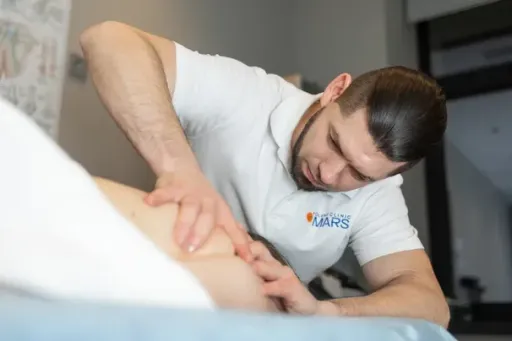
Who will help you?
Our massage therapists are specialists with medical education and many years of experience. They use modern massage techniques, ranging from deep-tissue effects to more gentle techniques suitable for rehabilitation. You are in the hands of professionals who know their business.
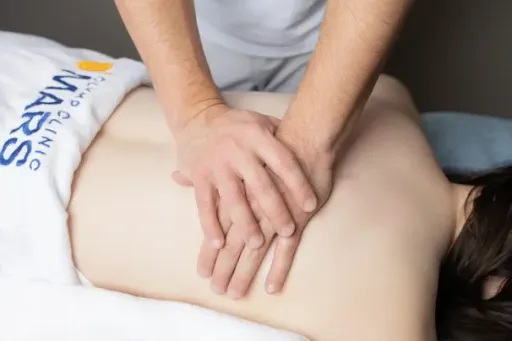
Frequently Asked Questions
Is it possible to perform therapeutic massage on your own?
How many sessions do you need for a tangible effect?
How often can I get a massage?
Is it possible to combine massage with other treatments?
Didn't find an answer to your question?
You can describe your problem in detail and ask a question to the doctor. He will answer you and help you find a solution
Врачи
Смотреть всех врачейCandidate of Medical Sciences. Orthopedic Trauma Physician, Chiropractor, Sports Medicine Physician, Physical Therapist. Head of the Rehabilitation and Restorative Medicine Department.
Physical therapy instructor
Exercise therapy and sports medicine physician
Exercise Therapy and Sports Medicine Specialist, Physiotherapist
Doctor of physical therapy and sports medicine, orthopedic traumatologist
Similar referral activities
Consultation with a rehabilitologist
The doctor of the department of rehabilitation and restorative treatment is engaged in restoring or compensating for the lost functions of the patient after various injuries, operations and diseases.
High-intensity magnetic therapy (SIS)
The method of physiotherapy, which is based on the effect of a powerful pulsed magnetic field on body tissues, which contributes to pain relief, reduces inflammation and accelerates tissue regeneration.
Techar therapy
A method of physiotherapy based on the use of electromagnetic waves of a certain frequency for a deep impact on the tissues of the body.
Shock Wave therapy (UHT)
A treatment method based on the effect of acoustic shock waves on body tissues.
Low-frequency electrostatic therapy
A method of physiotherapy based on the effect of a low-frequency electrostatic field on body tissues.
Mechanotherapy
A rehabilitation method based on the use of mechanical devices to restore joint mobility and increase muscle strength in patients after injuries and operations on the musculoskeletal system.
